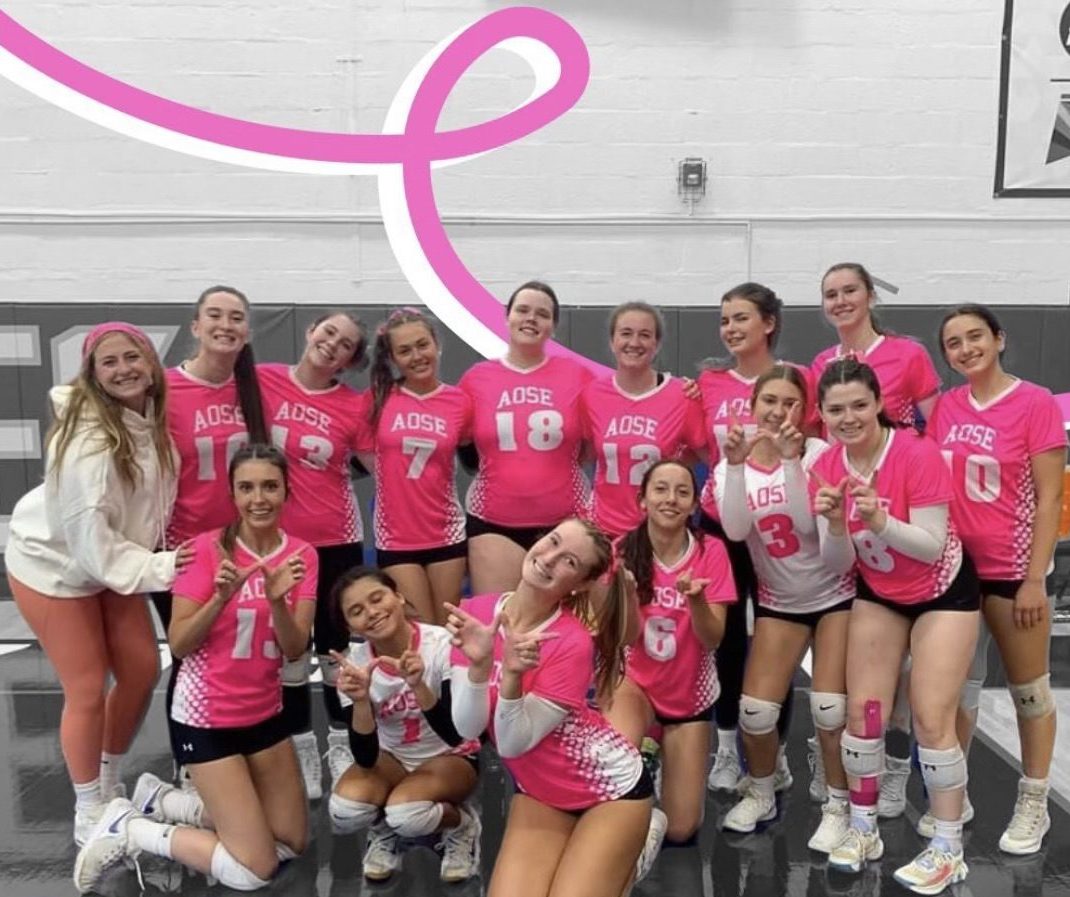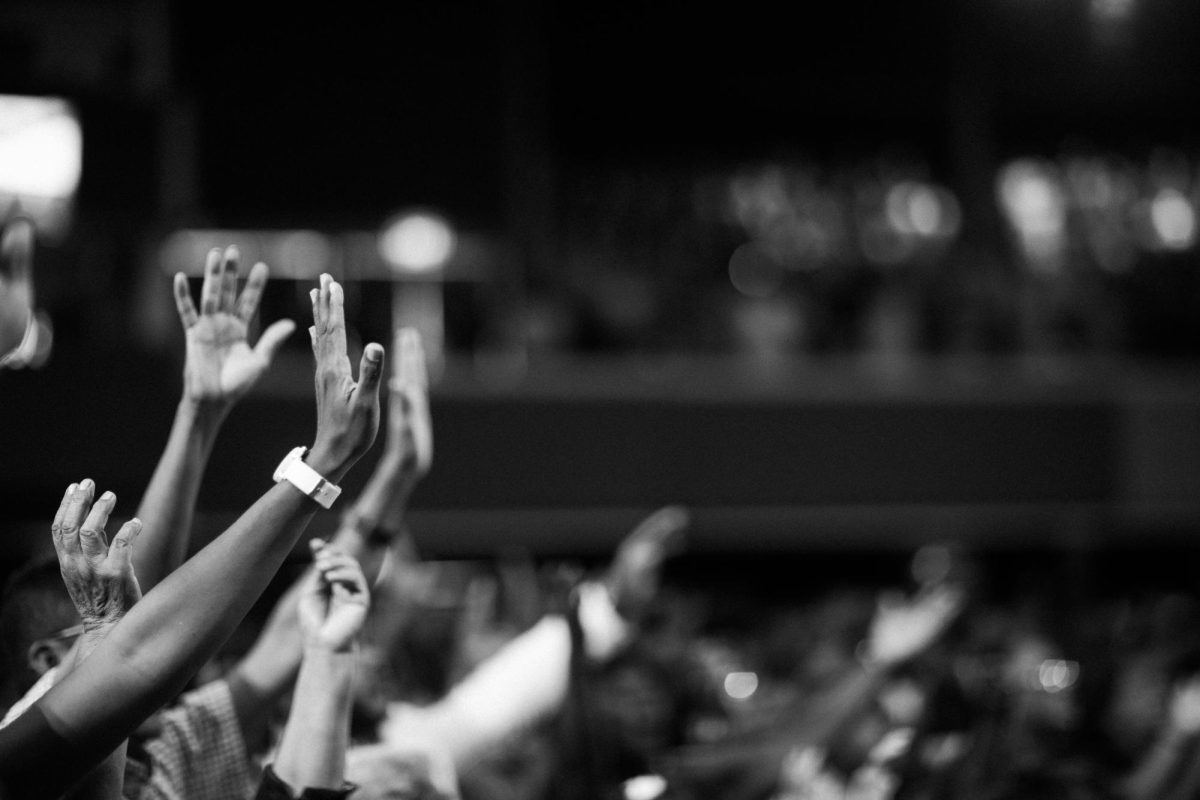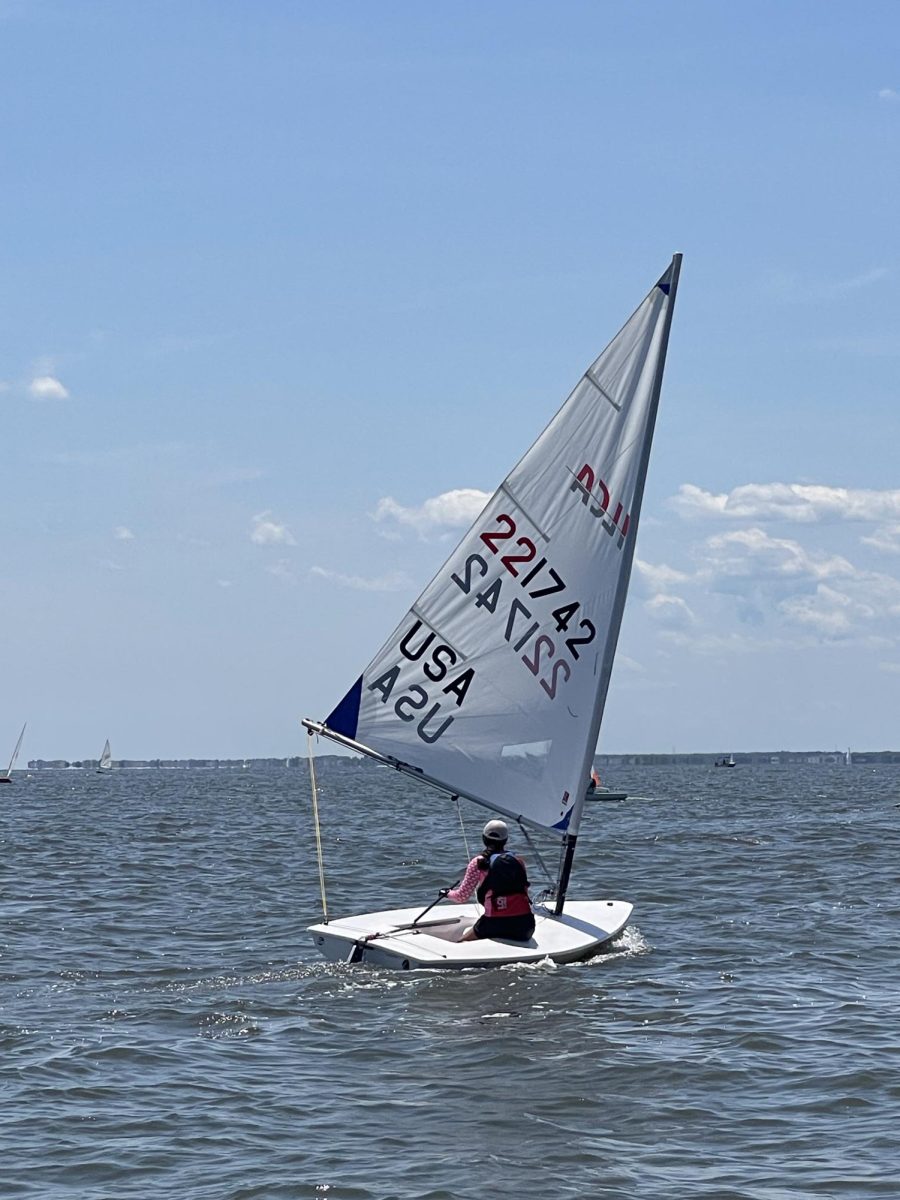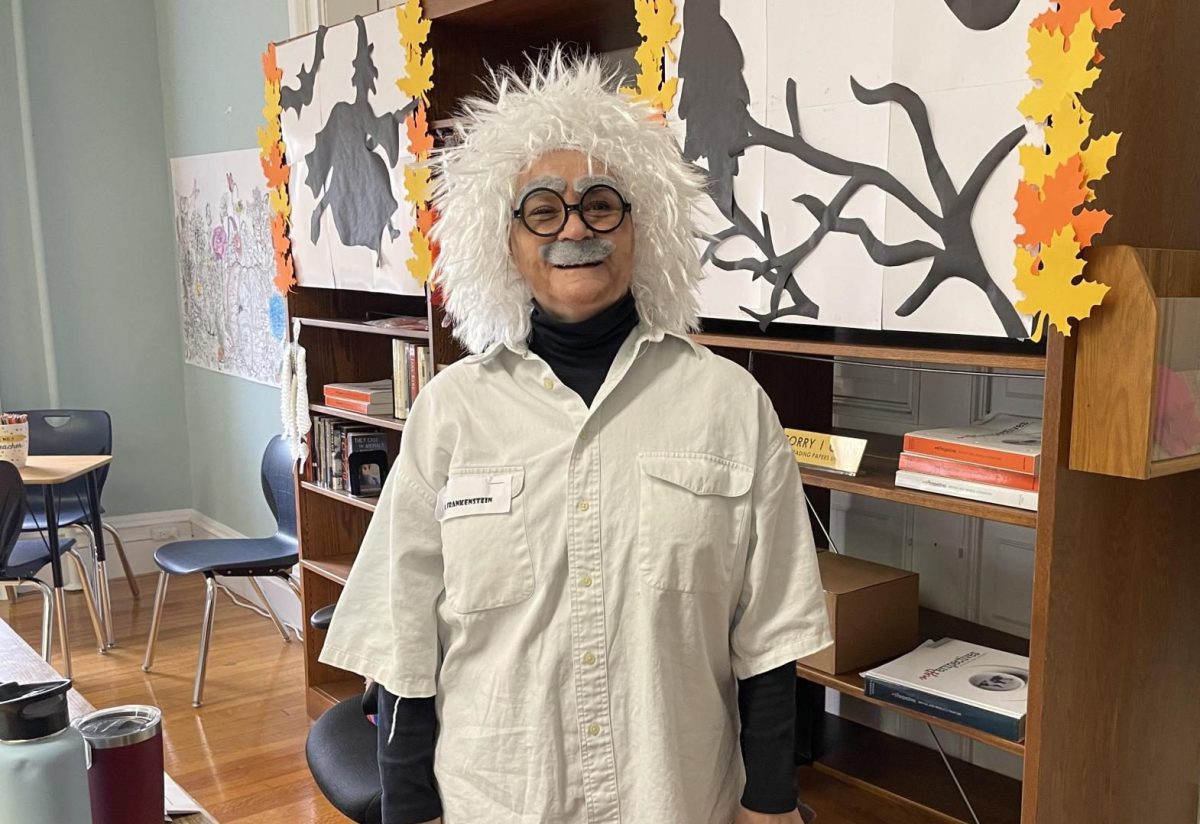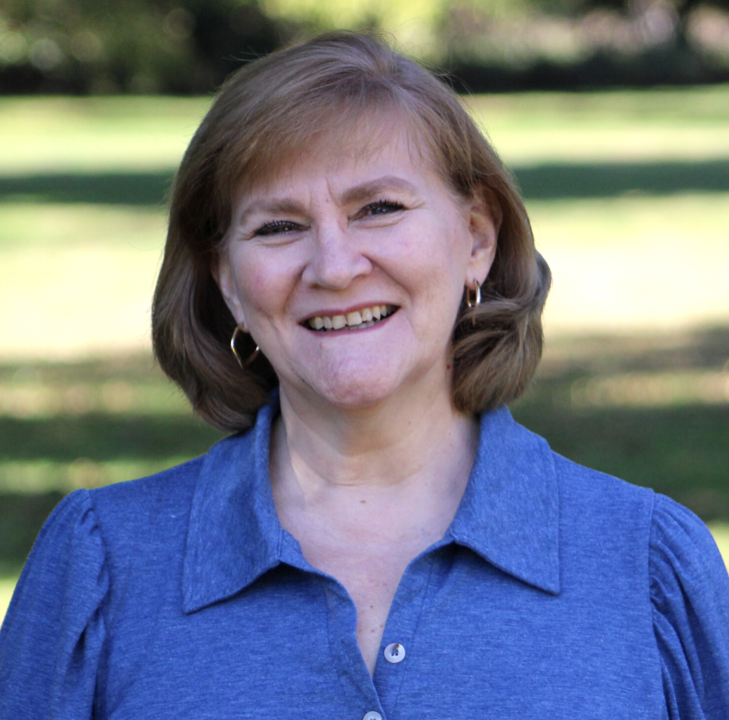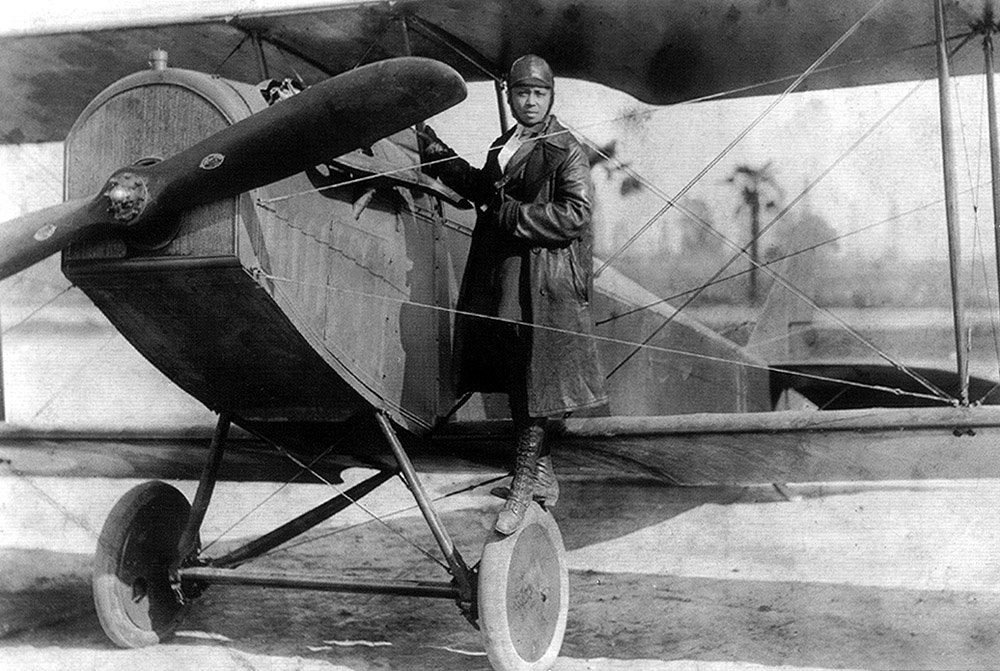Elizabeth “Bessie” Coleman was born on January 26, 1892, in Texas to Susan and George Coleman. When her mother, Susan, decided to stay in Texas as her father traveled to Oklahoma, Bessie and her siblings stayed, too, helping their mother earn money through various household and outside chores. Throughout her early life, Bessie was left unsatisfied with her work and sought eagerly to “amount to something.” Eventually, at 18 years old, Bessie had saved enough money to attend Langston University in Oklahoma. Unfortunately, she was forced to drop out shortly after beginning, as she could not afford the university anymore.
Despite this setback, Bessie would not be slowed in her quest for greatness. In her early twenties, while living in Chicago with a few of her brothers, Bessie would work as a manicurist. However, she found this occupation unfulfilling. The turning point for Bessie would be when her brothers returned home from fighting in World War I, waving stories of French women being able to fly right in her face. With this knowledge, Bessie knew what would bring her that achievement she had been searching for since she was a child– she needed to become a pilot.
As much as Bessie made an effort to become a pilot in the United States, prejudice towards her gender and African American and Indigenous background made this impossible in early twentieth-century America. However, once again, Bessie would not be stopped in her efforts, and after talking with the founder of The Chicago Defender, Robert Abbott, her next steps would be to learn French and apply to flight school in France. After she was accepted into the prestigious Caudron Brothers’ School of Aviation in France, she earned her pilot’s license in 1921 (2 years before Amelia Earhart would). Bessie Coleman became the first African American woman to earn her pilot’s license.
Upon her return to the United States, despite the news and excitement around her achievement, employment as a pilot was difficult to find. Despite these setbacks, Coleman became a barnstorming pilot (a type of pilot who performs tricks for entertainment purposes). Coleman was also an amazing orator and gave speeches to audiences. Notably, Bessie would only perform or speak for a desegregated audience.
Tragically, on April 30, 1926, Bessie Coleman passed away due to a severe plane mechanical accident. However, this was not the end for “Queen Bess,” as her legacy lives on today. Throughout any article, documentary, or book written about Bessie Coleman, the words “resilience”, “triumph”, and “strength” are frequently used. Coleman’s story displays the benefits of one’s refusal to give up and the incredible vigor one can have, even when all odds are against them. Whether one reads about her accomplishments or her fight to reach those achievements, one word comes to mind when learning about Bessie Coleman: remarkable.
Sources:
https://youtu.be/Ps6M5es45eE?si=ObYjOCavFG04j-BW
https://airandspace.si.edu/explore/stories/bessie-coleman
https://www.cradleofaviation.org/history/history/women-in-aviation/bessie-coleman.html
















